Angular Saltbush,
Fan Saltbush
Display all 19 images
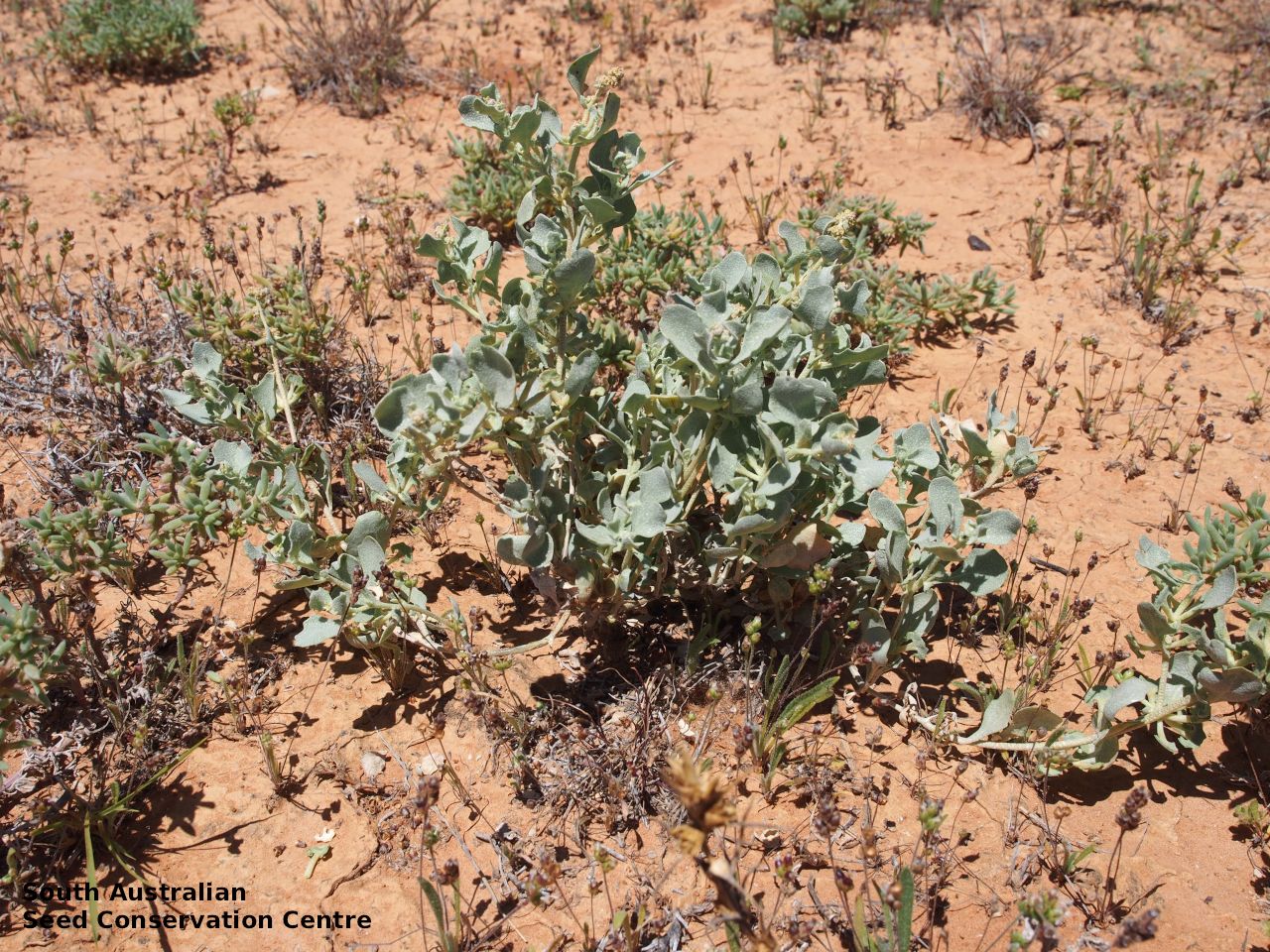
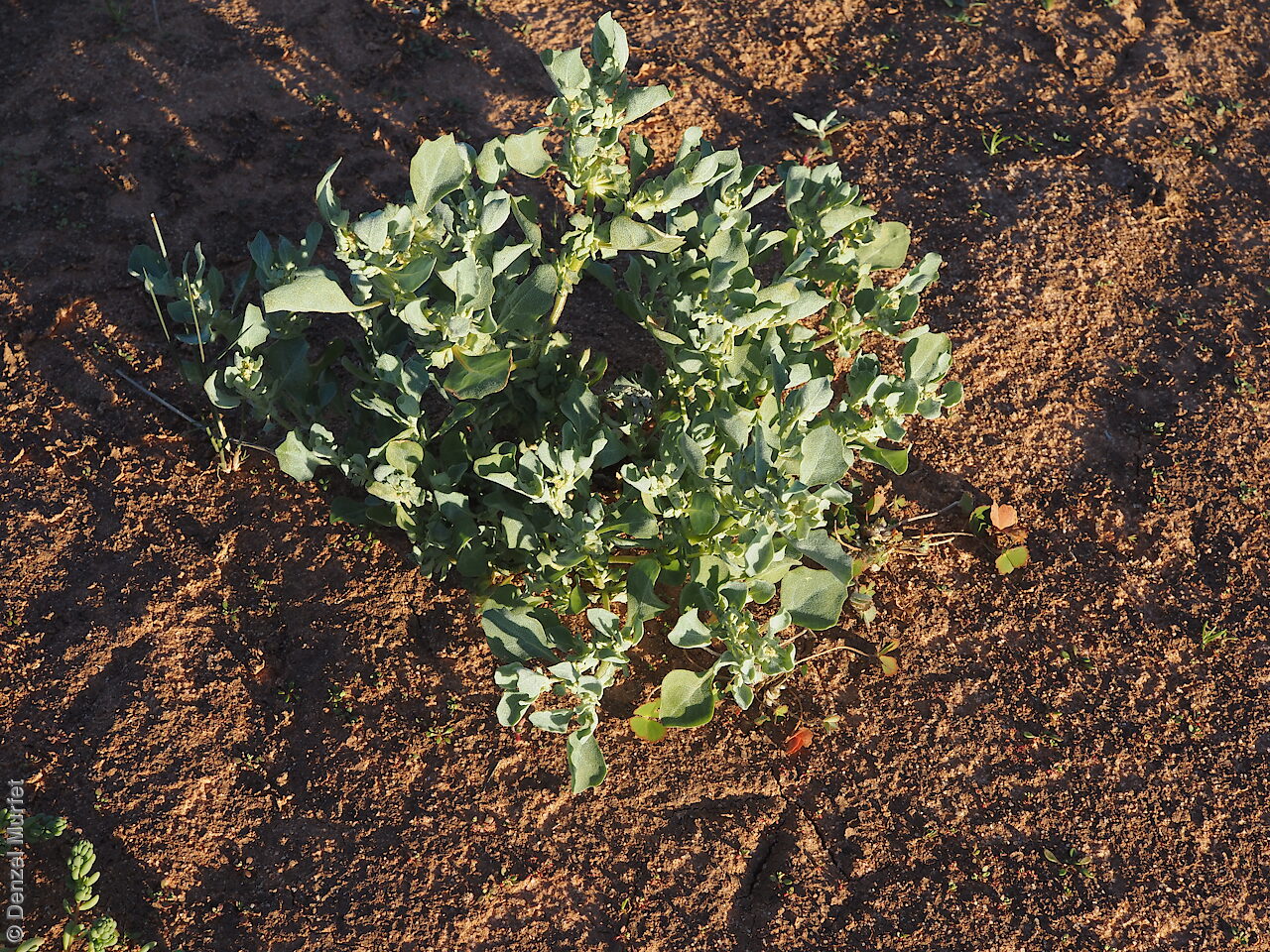
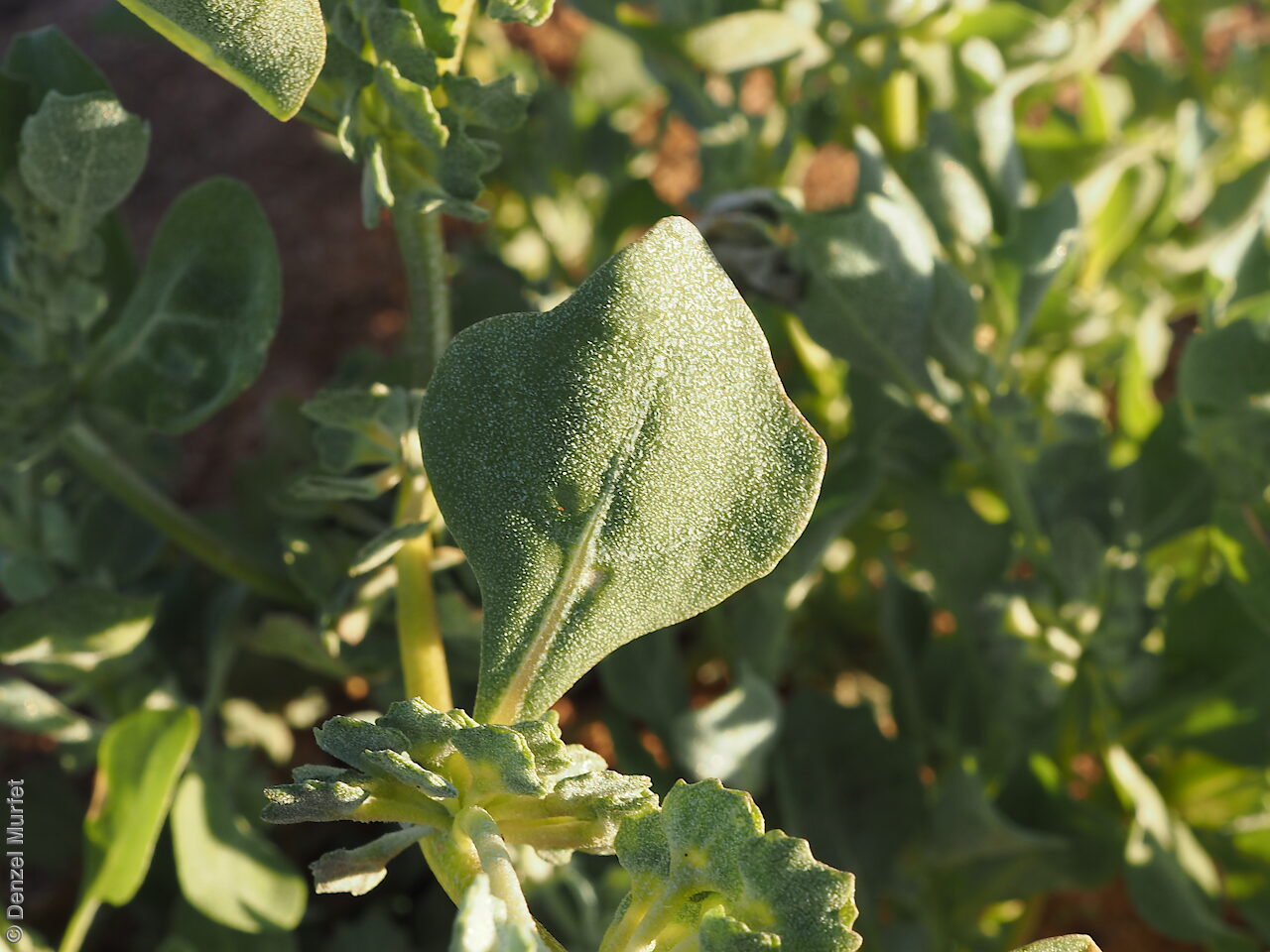
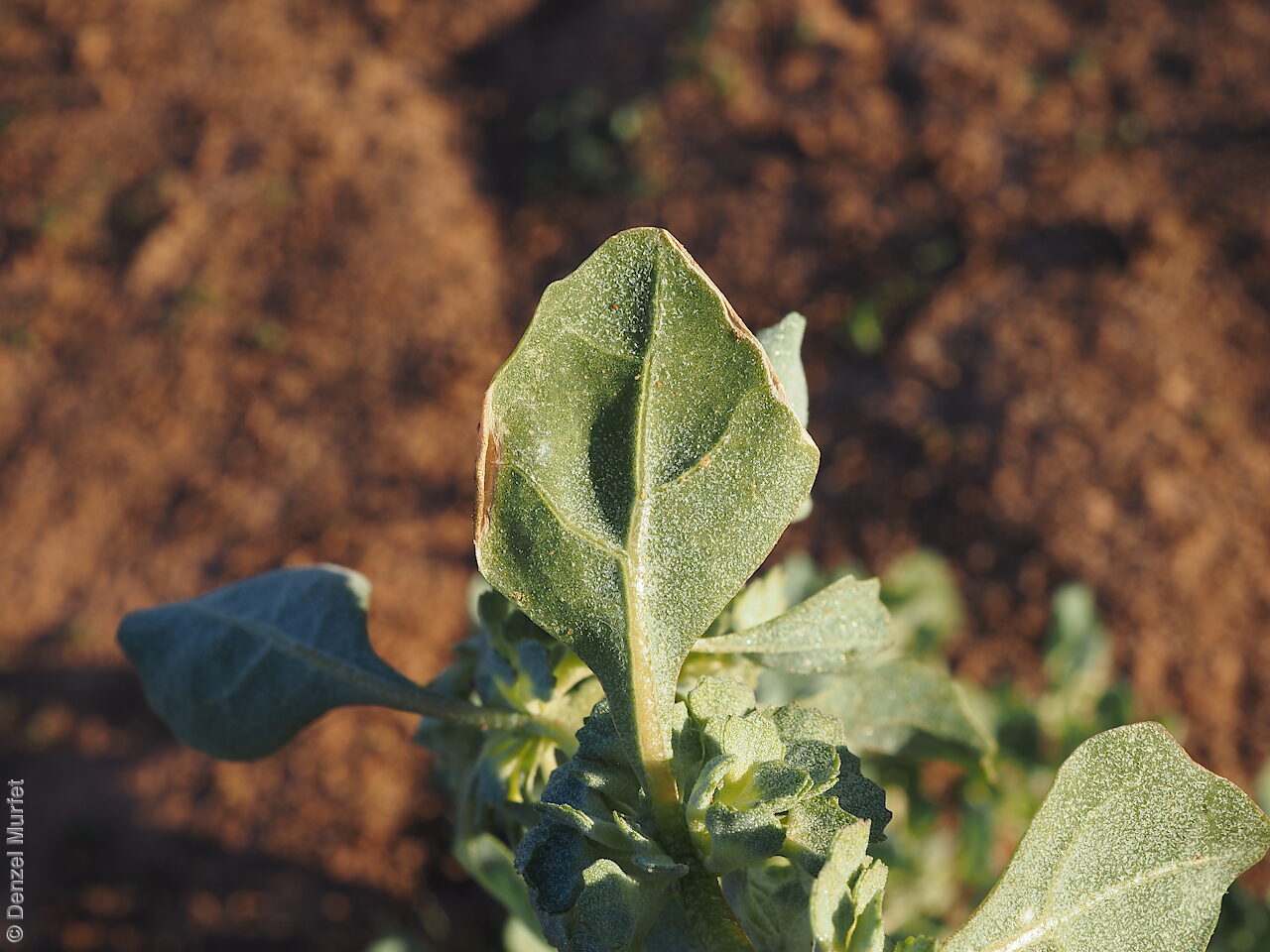
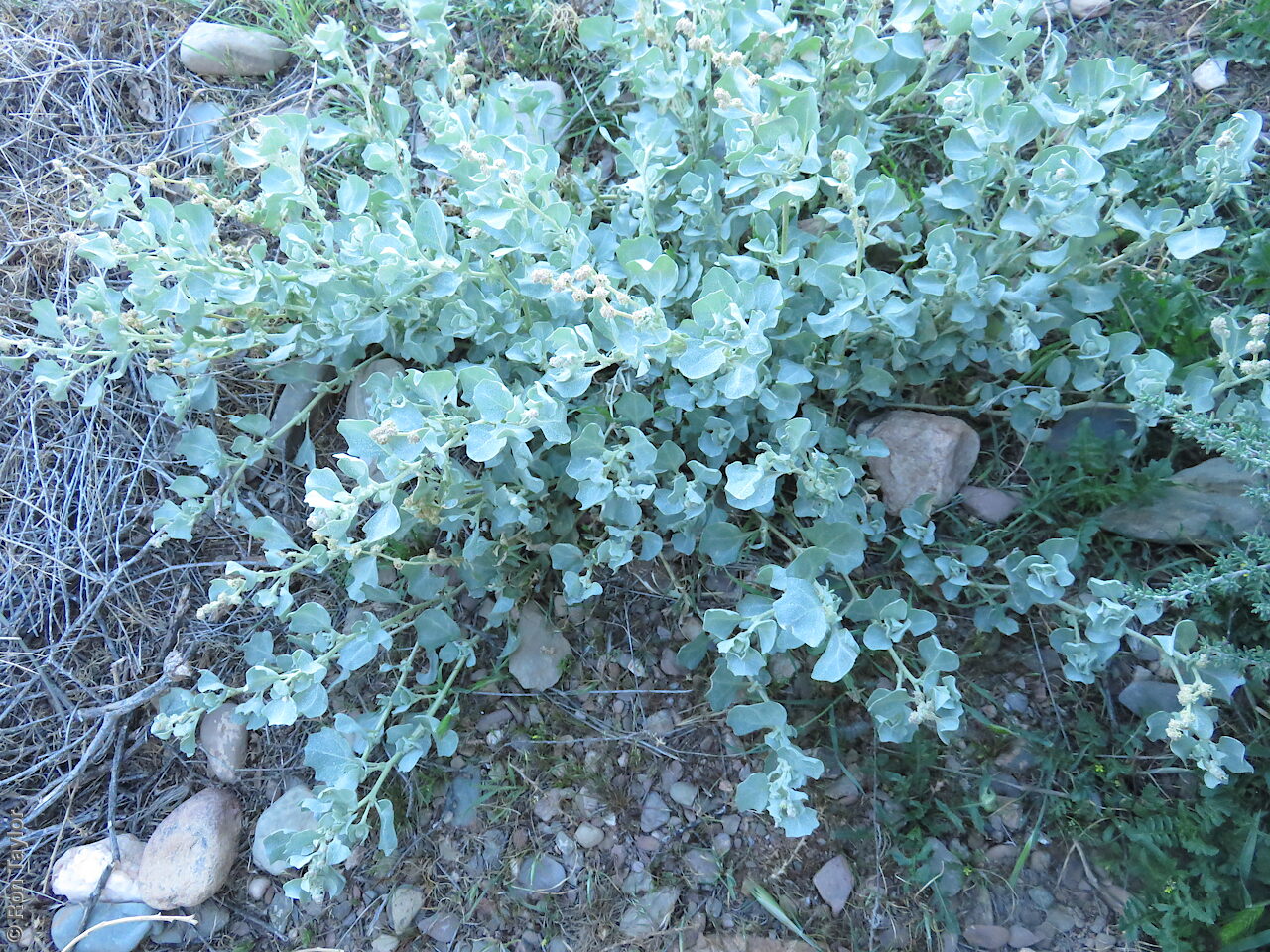
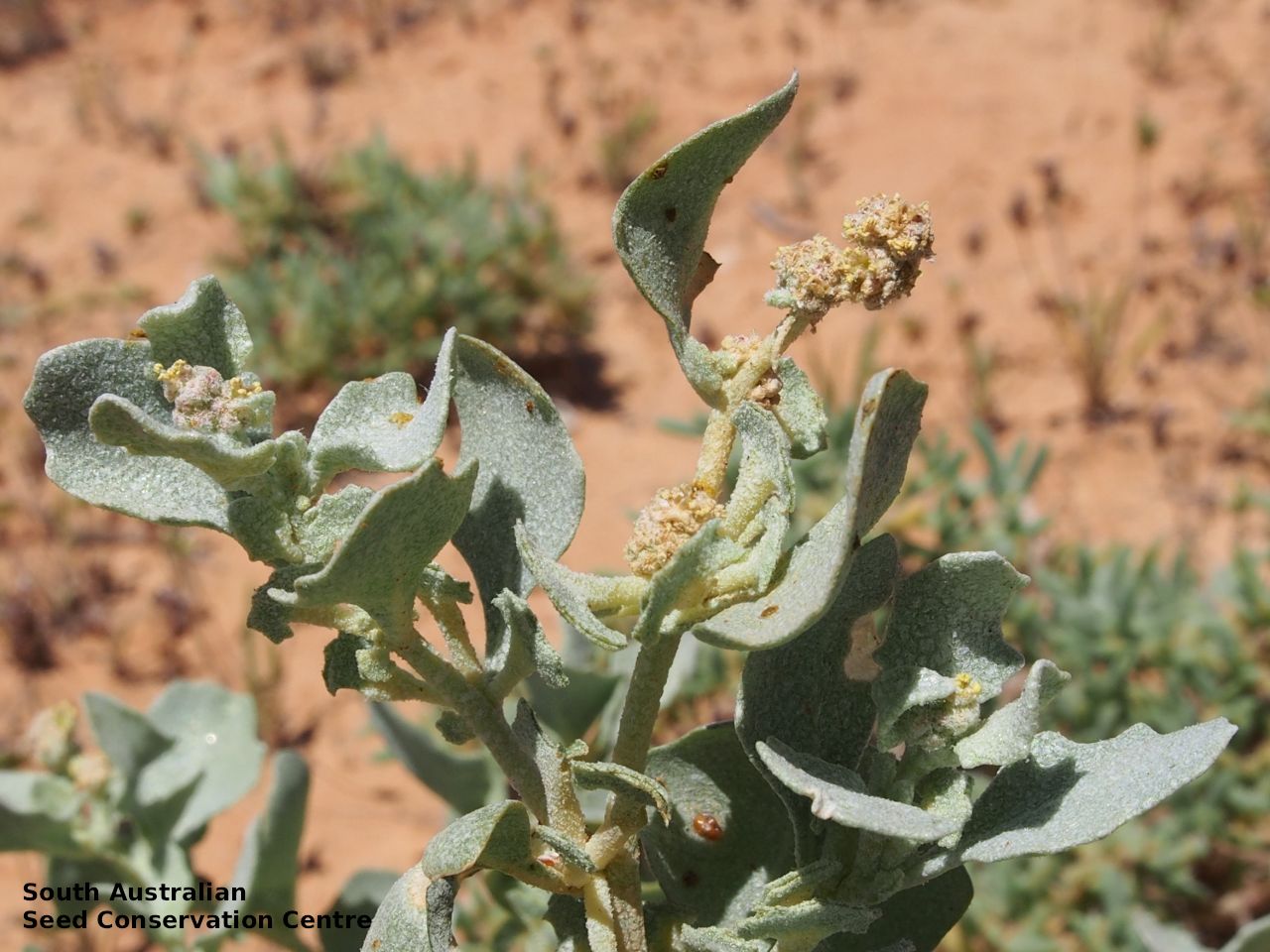
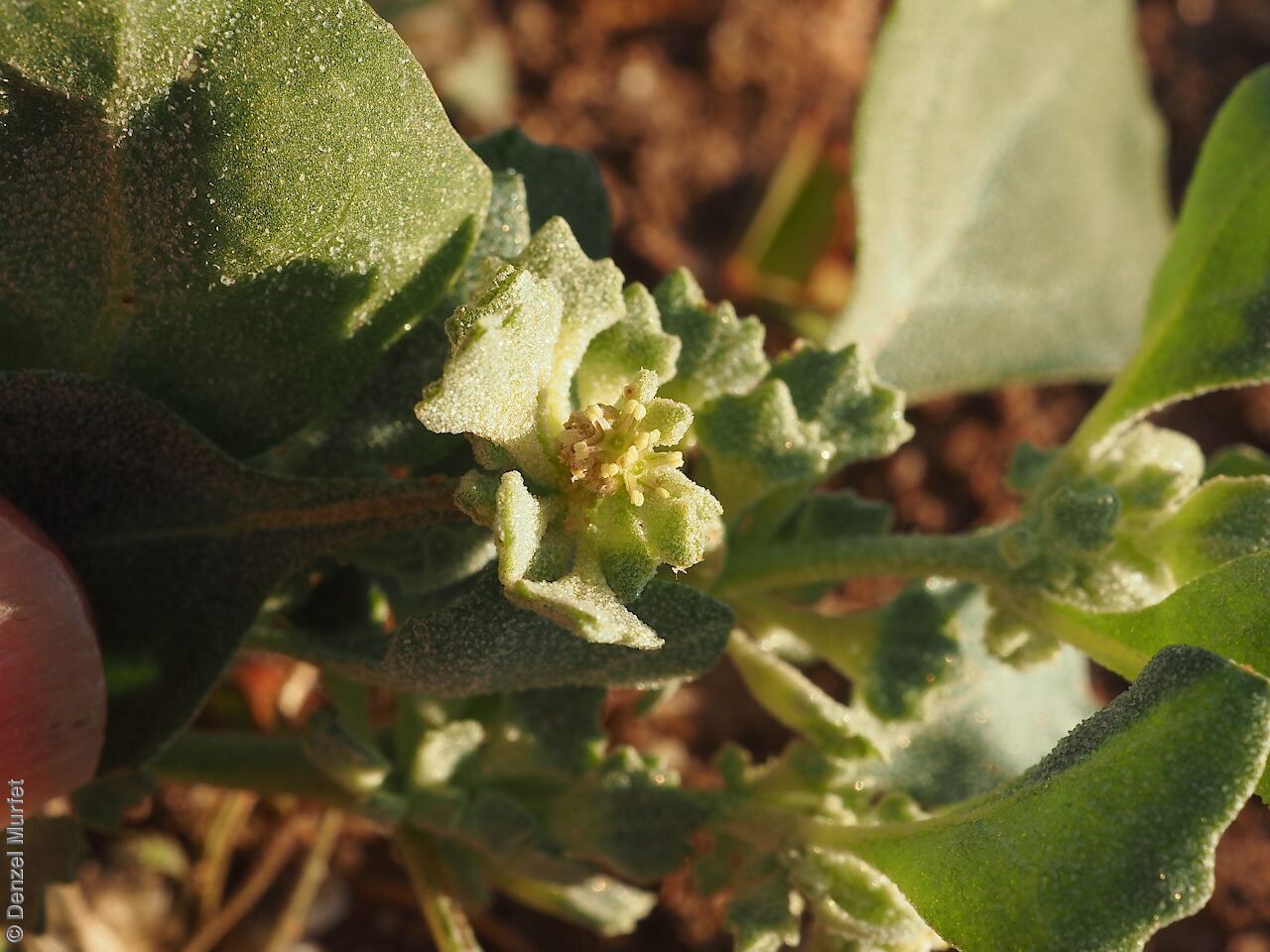
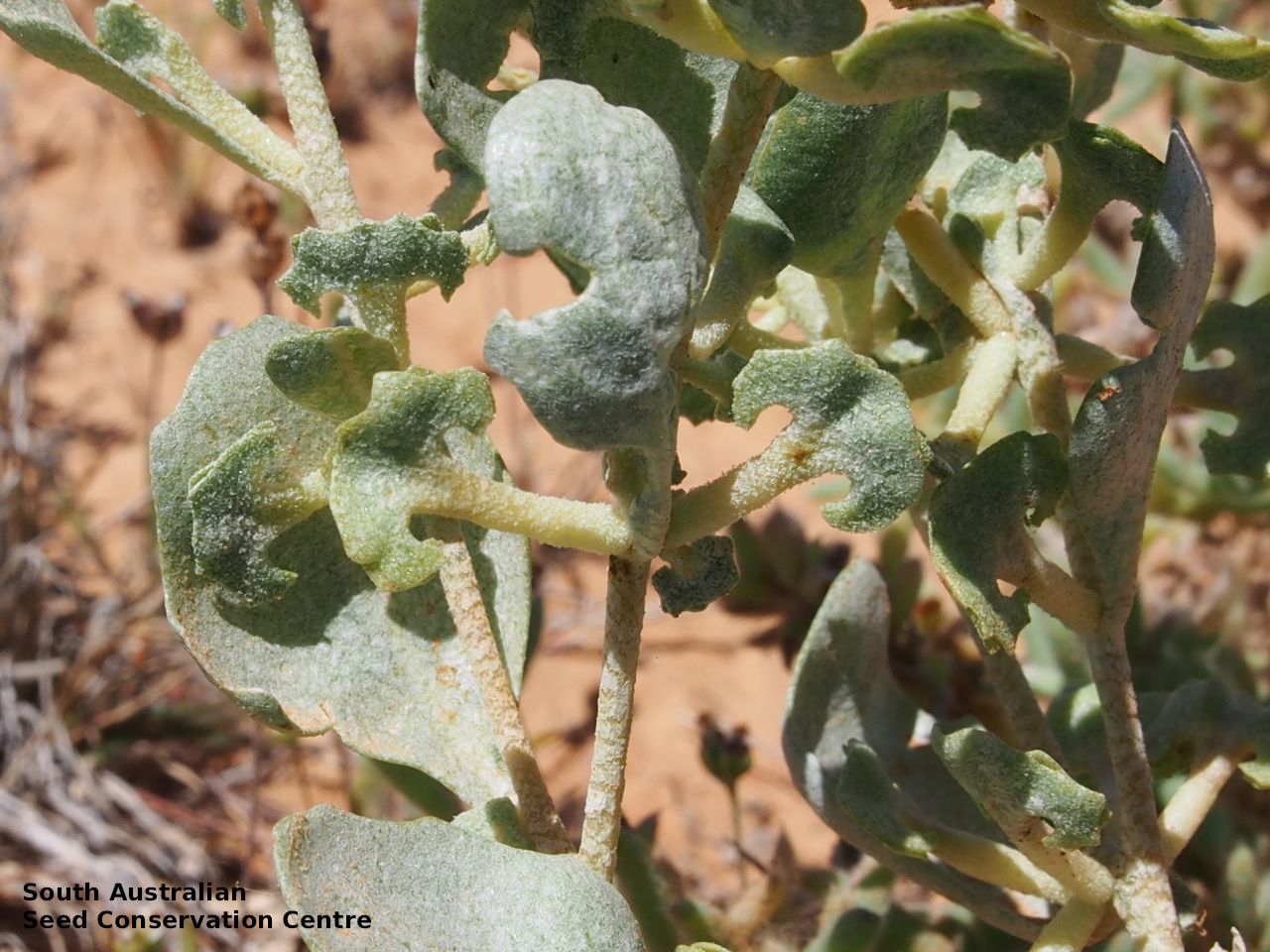
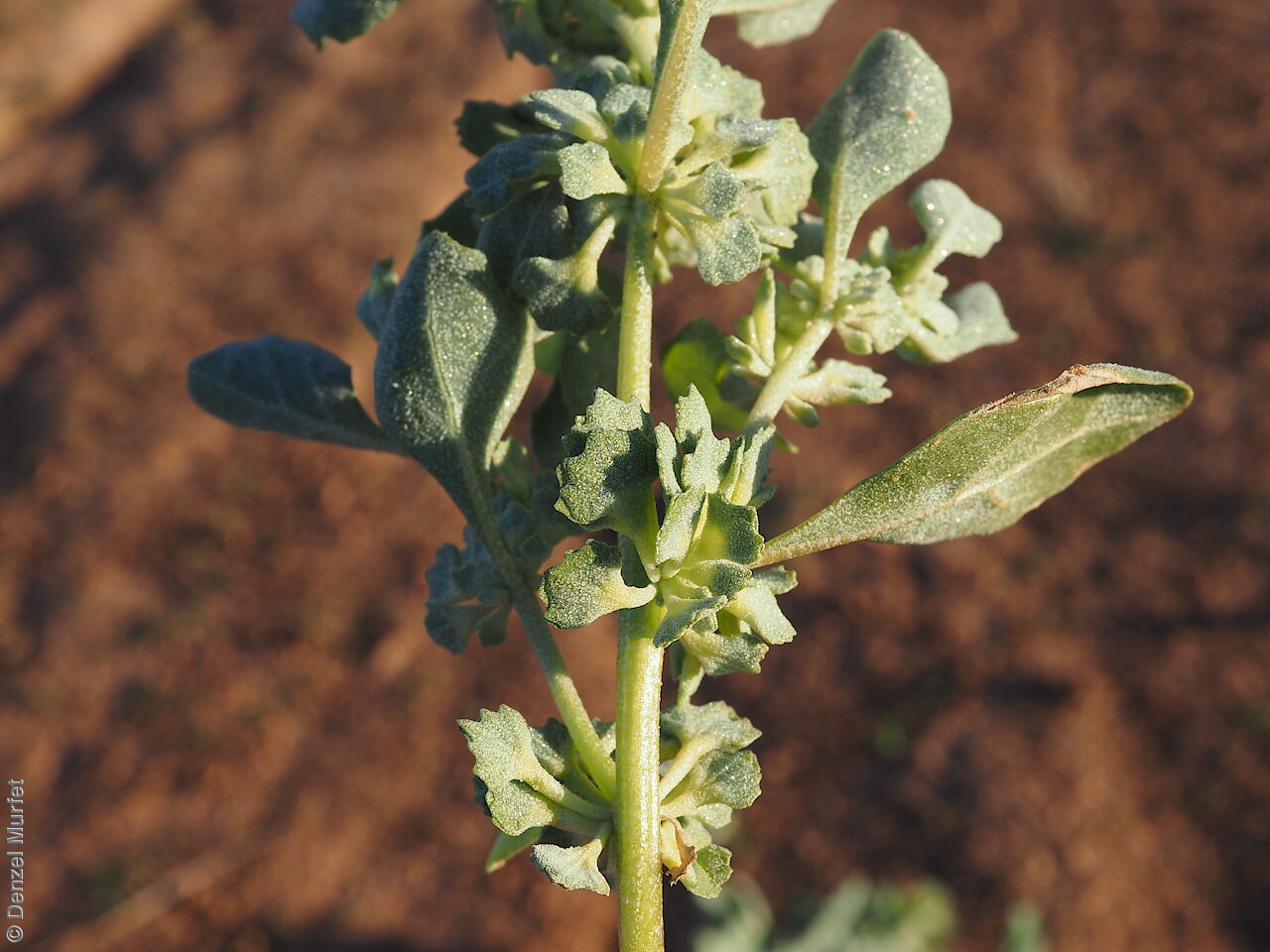
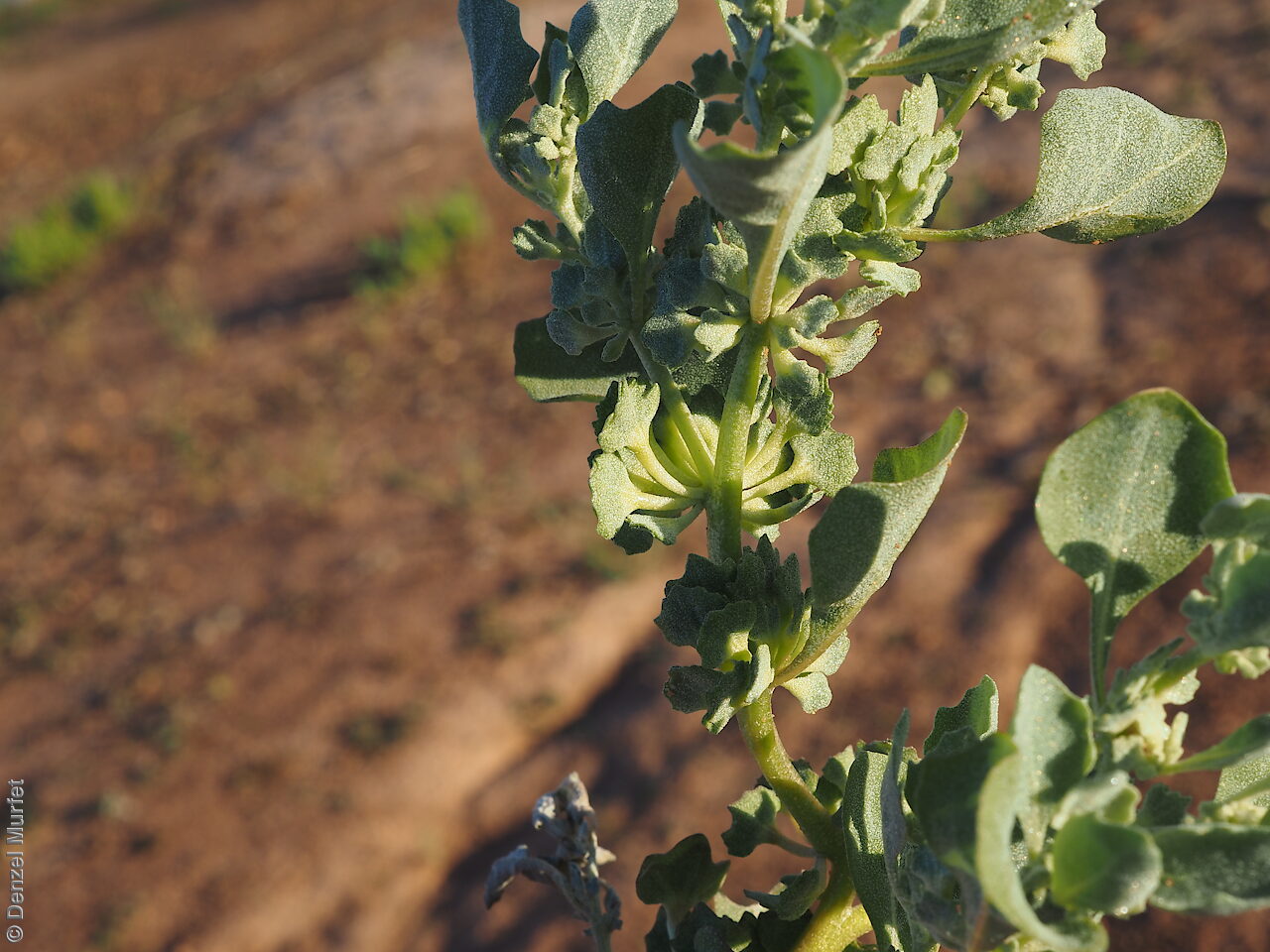
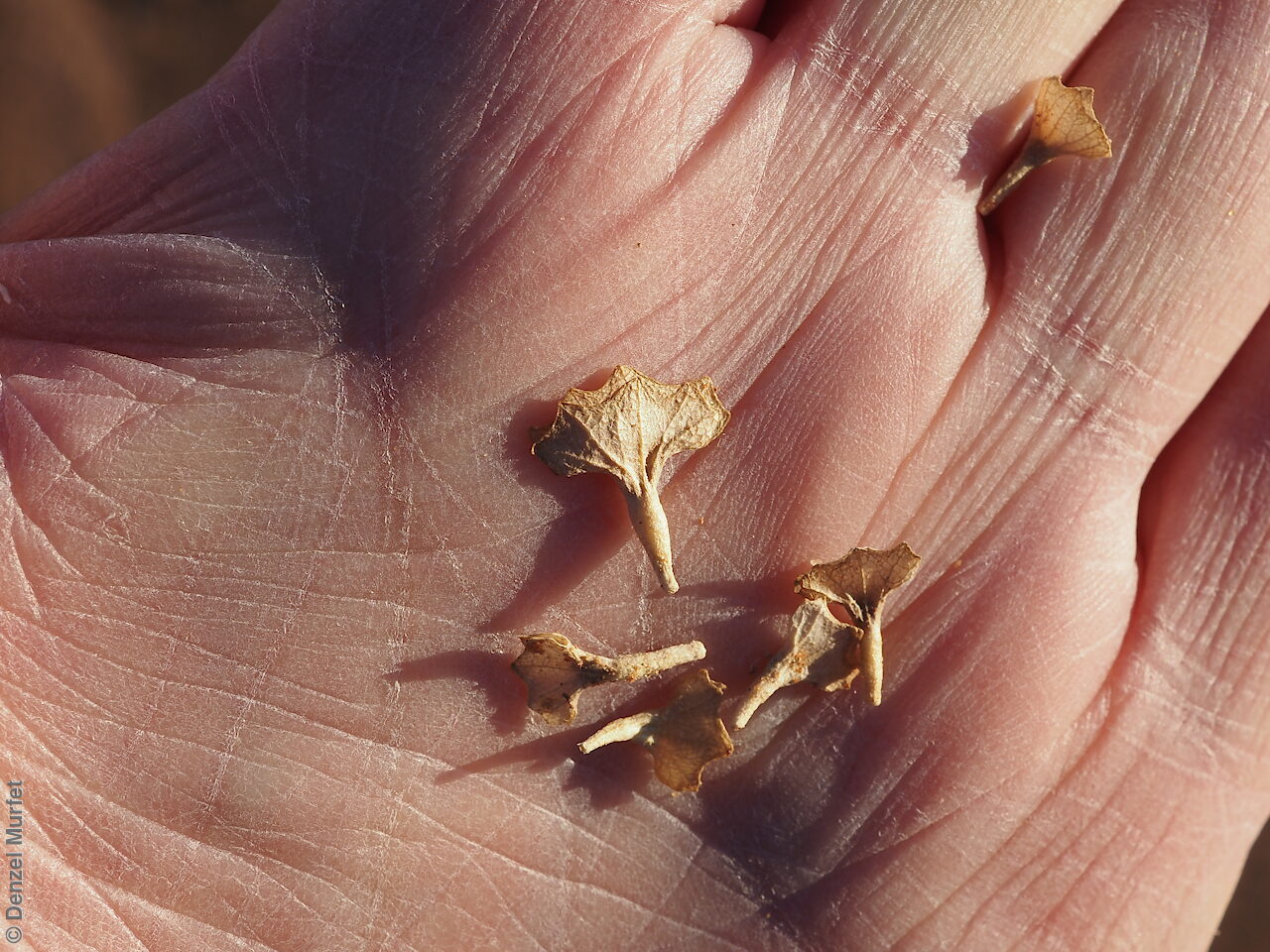
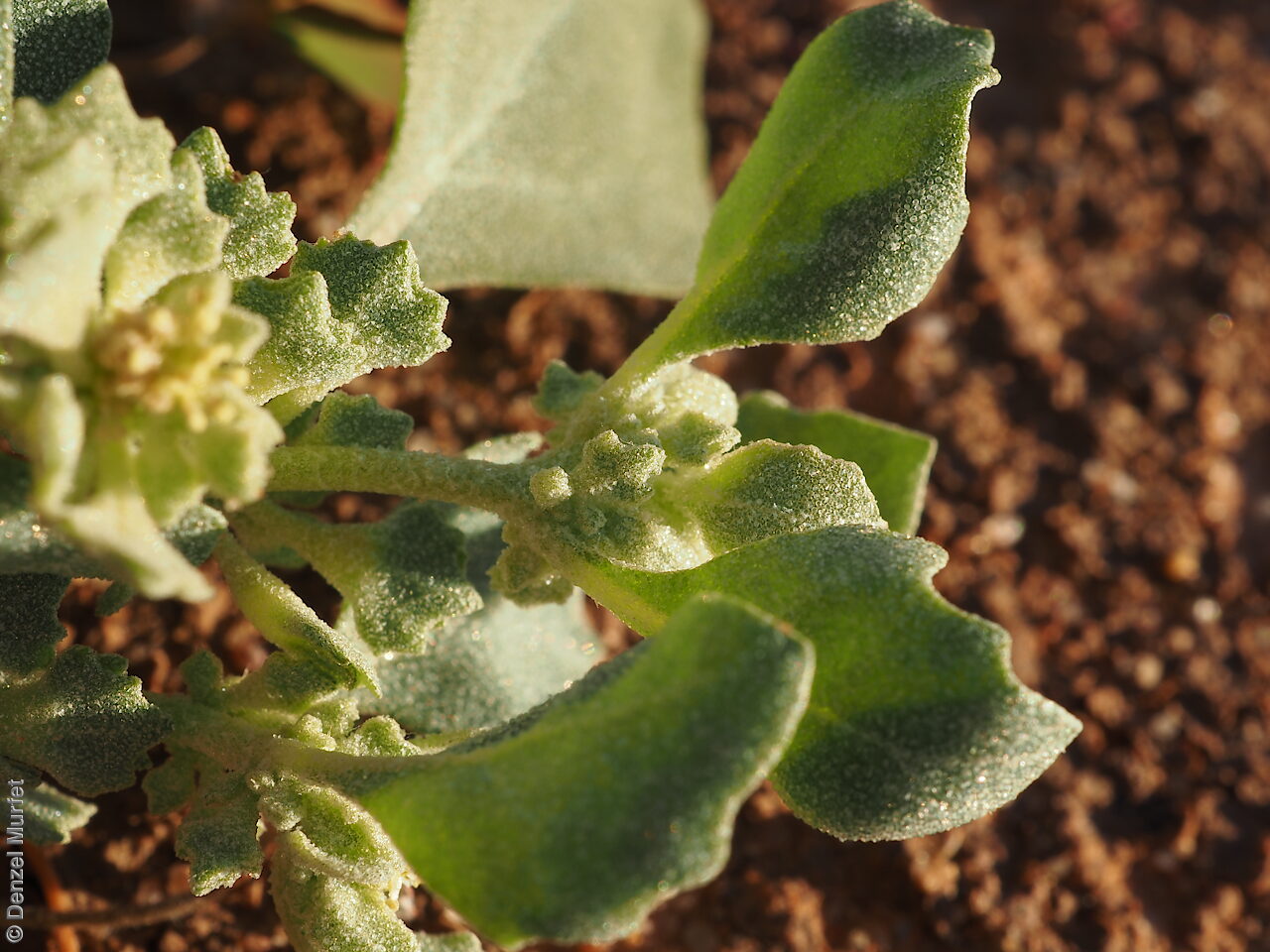
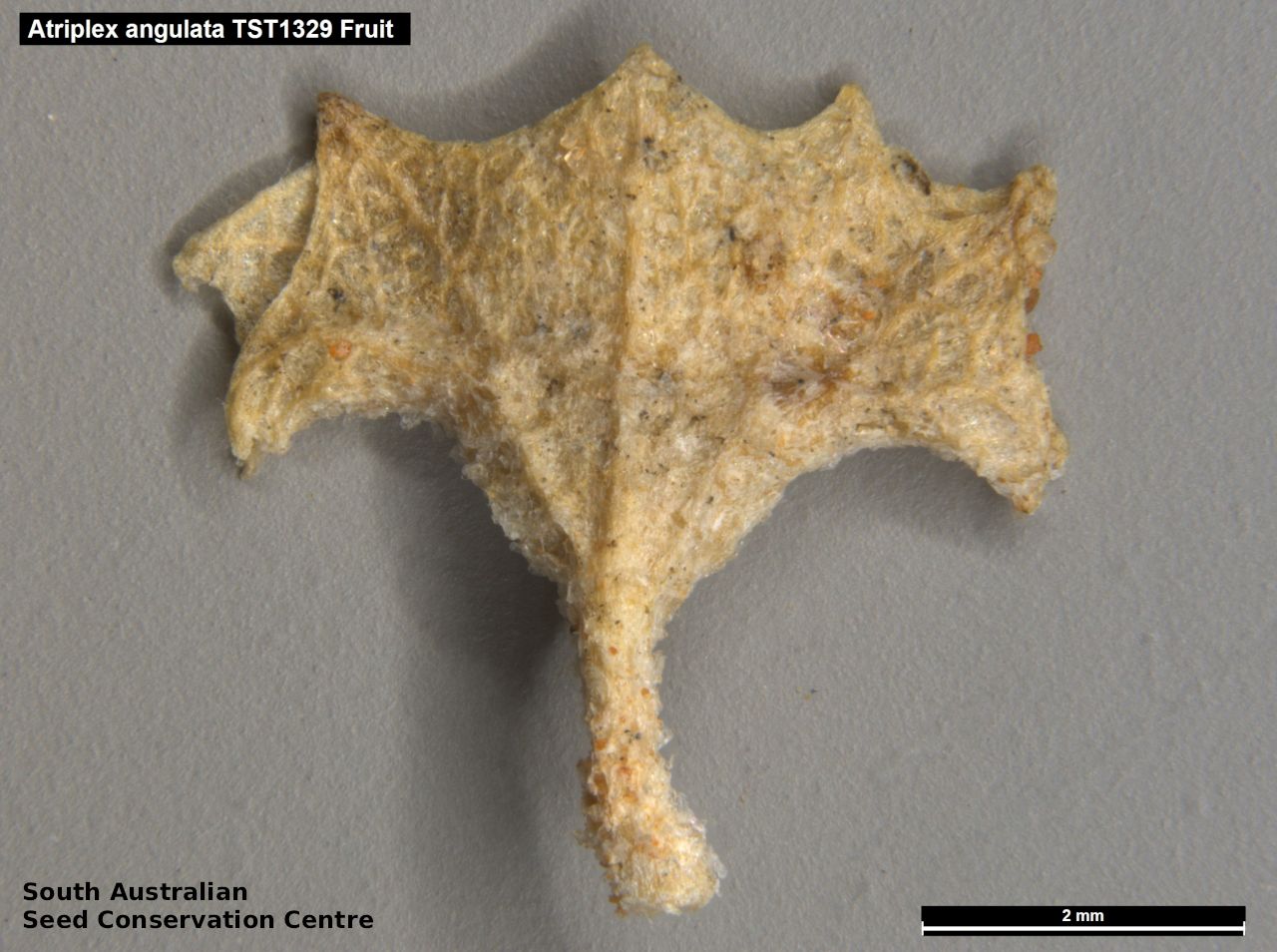
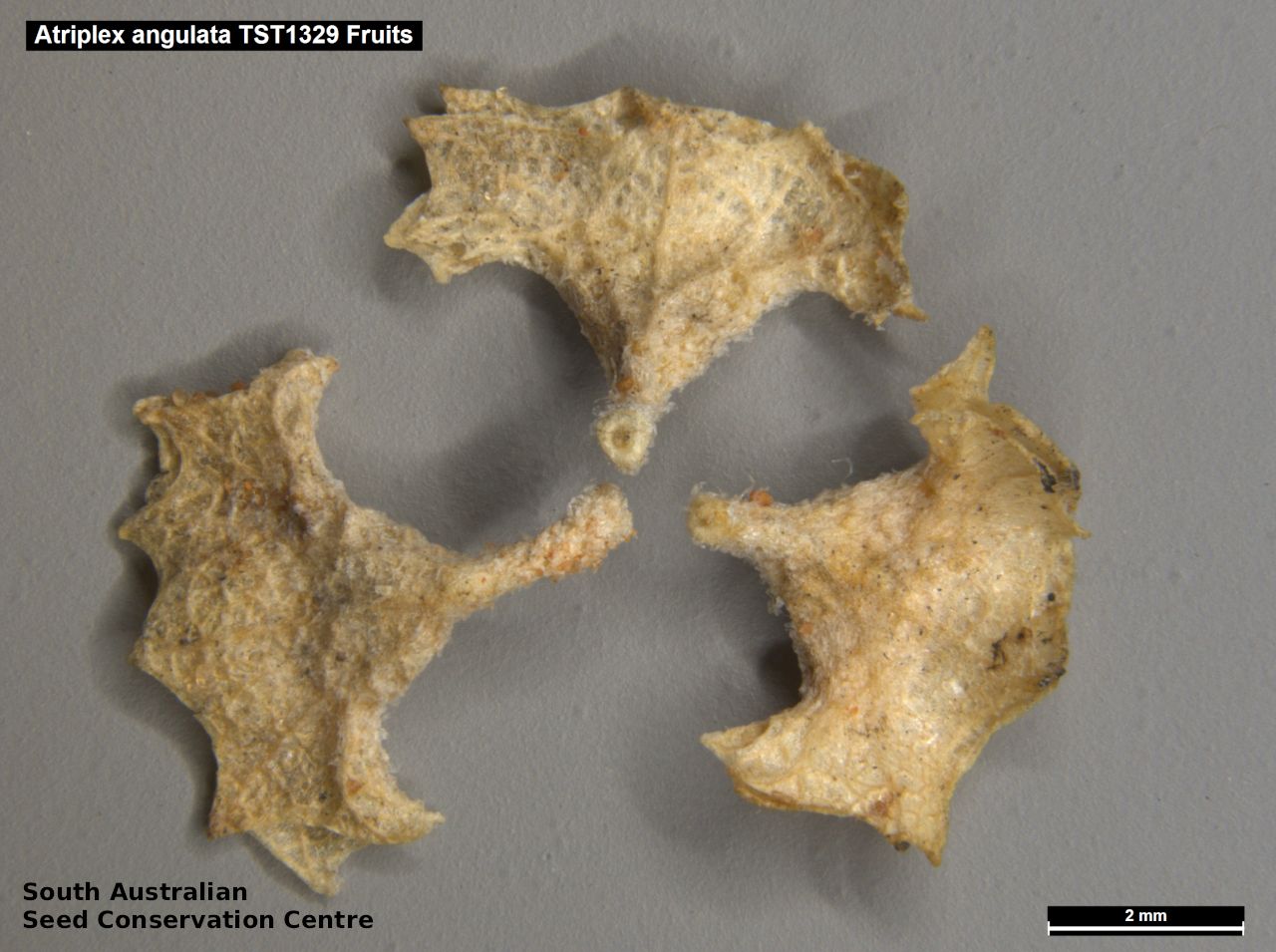
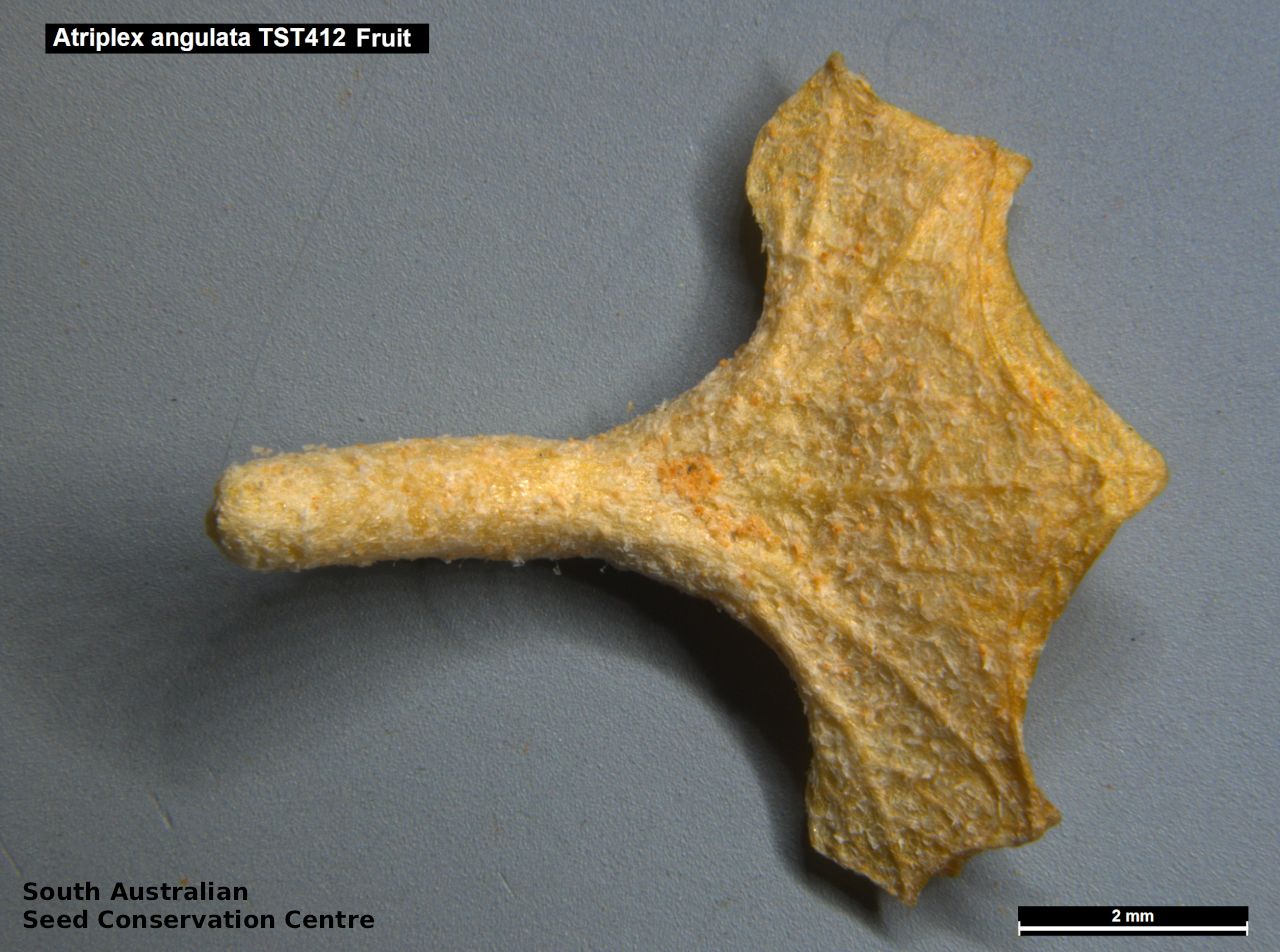
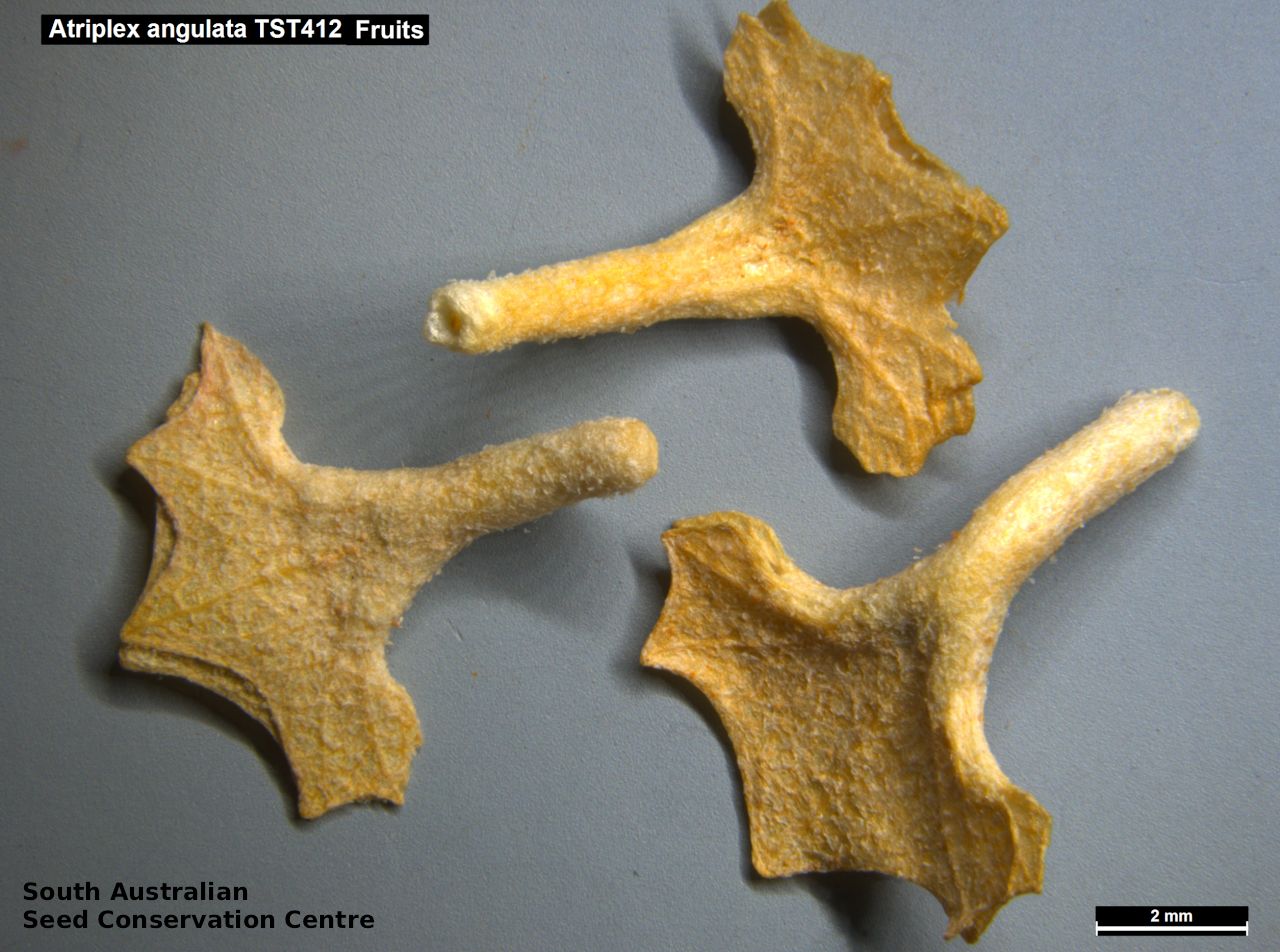
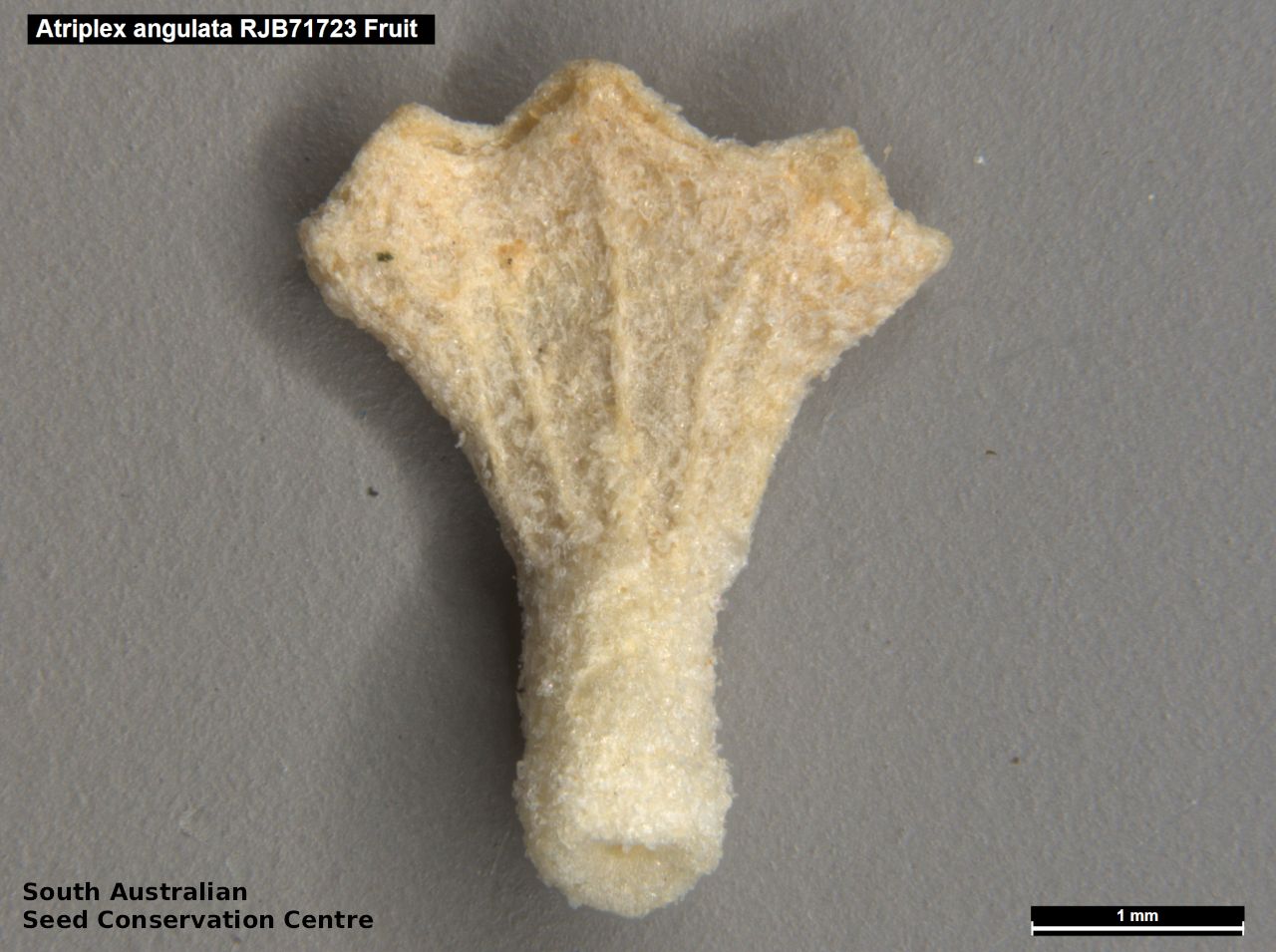
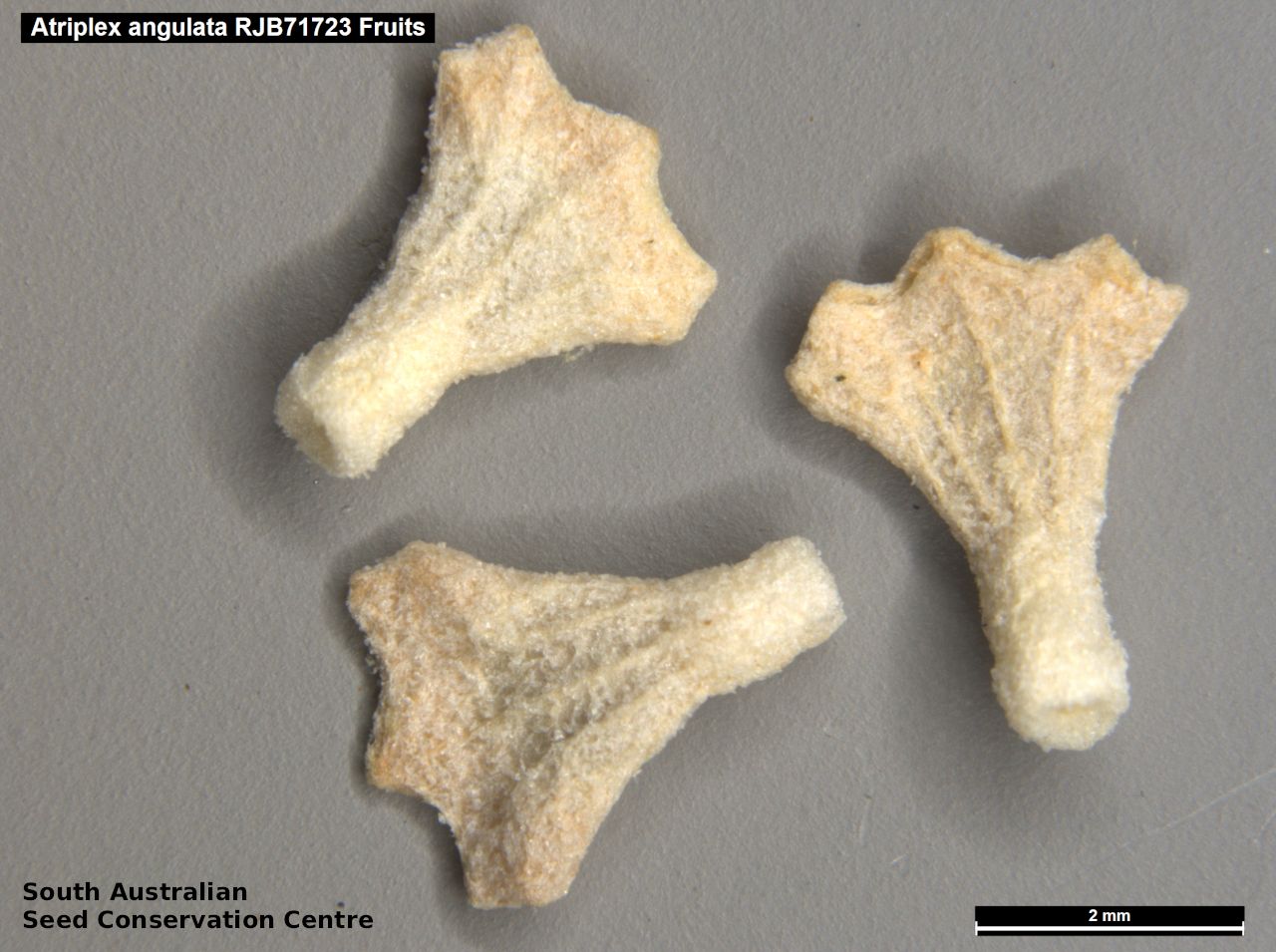
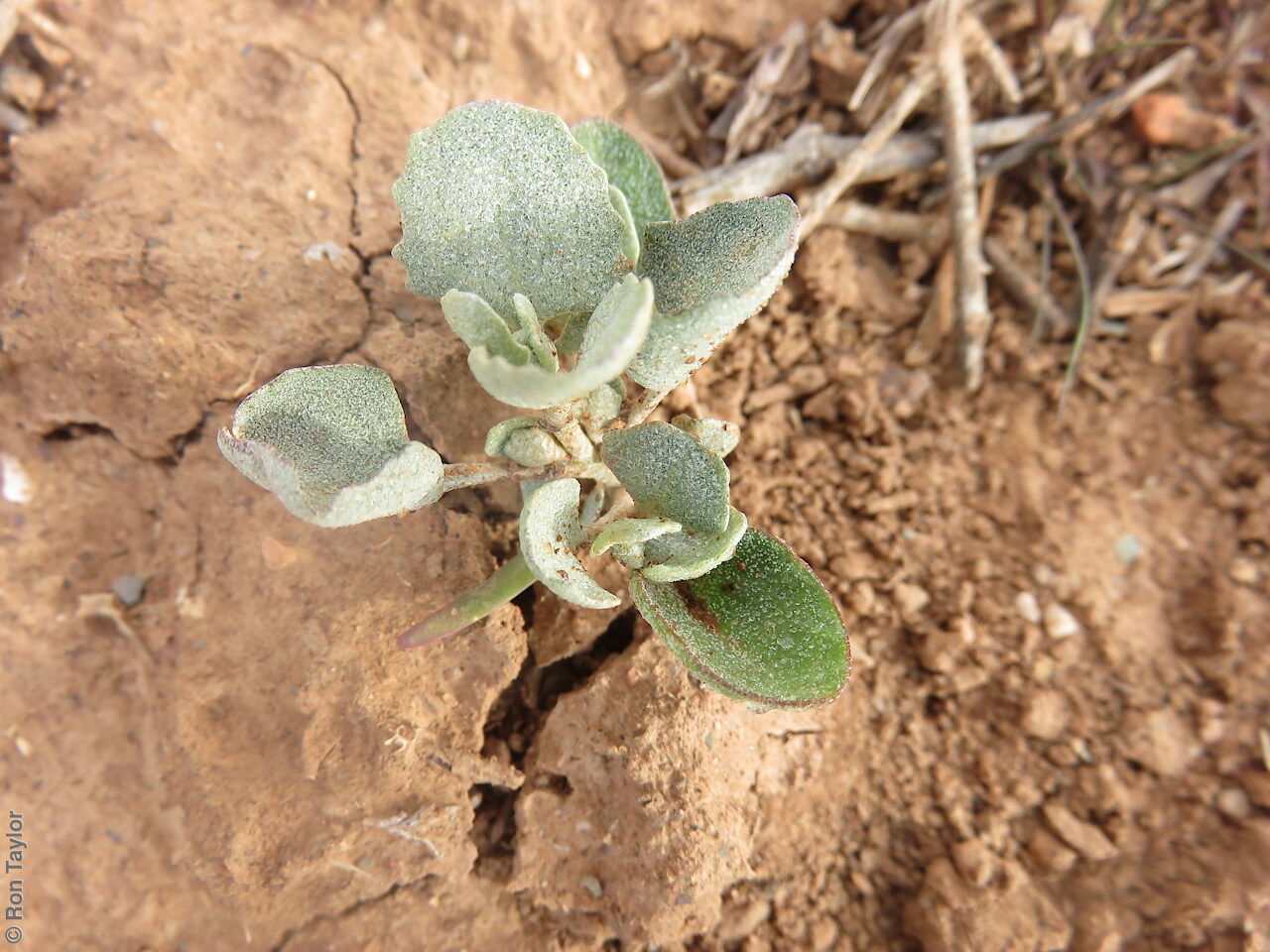
Regional Species Conservation Assessments per IBRA subregion.

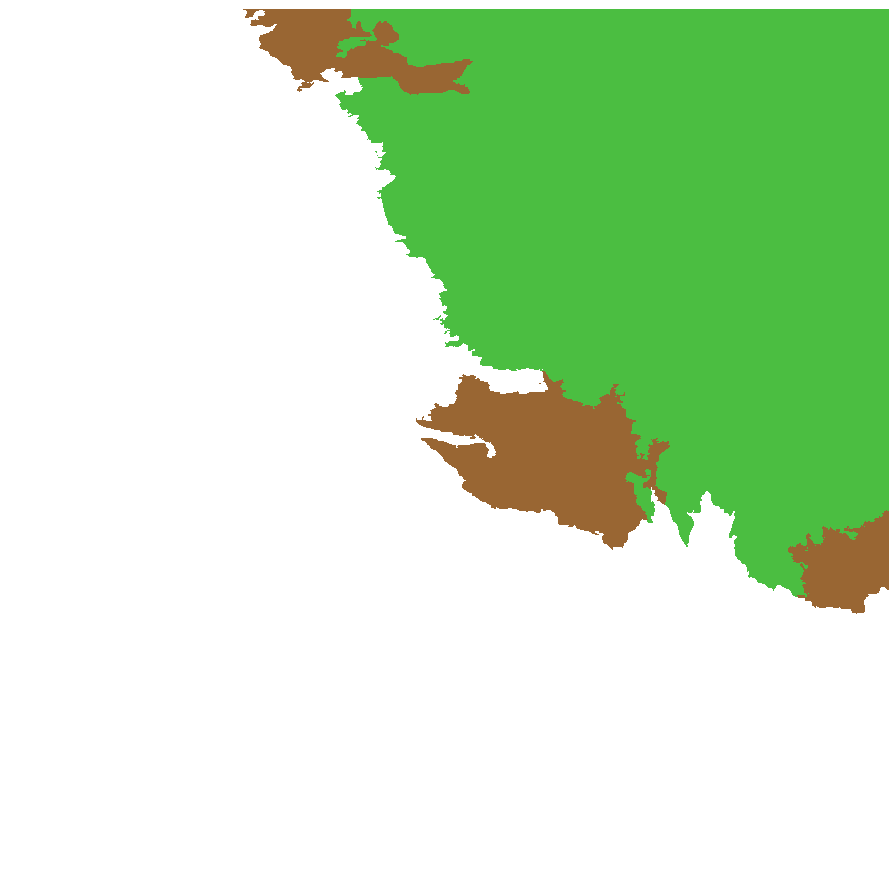
Least concern
Near threatened
Rare
Vulnerable
Endangered
Critically endangered
Extinct
Data deficient
Adelaide
Arkaroola
Ceduna
Coober Pedy
Hawker
Innamincka
Marla
Marree
Mount Gambier
Oodnadatta
Renmark
Wudinna
Keith
Yunta
Display IBRA region text
| Olary Spur (FLB03) | Flinders Lofty Block | Least Concern |
| Southern Flinders (FLB04) | | Least Concern |
| Northern Flinders (FLB05) | | Least Concern |
| Central Flinders (FLB06) | | Least Concern |
| South Olary Plain (MDD01) | Murray Darling Depression | Rare (IUCN: RA d(i,ii)) [edge of range] |
| Braemer (MDD07) | | Least Concern |
| Myall Plains (GAW01) | Gawler | Rare (IUCN: RA d(ii)) [southern limit] |
| Gawler Volcanics (GAW02) | | Rare (IUCN: RA d(ii)) [southern limit] |
| Gawler Lakes (GAW03) | | Rare (IUCN: RA d(i,ii)) |
| Arcoona Plateau (GAW04) | | Least Concern [limited habitat] |
| Torrens (GAW06) | | Least Concern |
| Roxby (GAW07) | | Least Concern |
| Barrier Range (BHC01) | Broken Hill Complex | Least Concern |
| Barrier Range Outwash (BHC04) | | Least Concern |
| Bimbowrie (BHC05) | | Least Concern |
| Curnamona (BHC06) | | Least Concern |
| Simpson Desert (SSD02) | Simpson Strzelecki Dunefields | Least Concern |
| Dieri (SSD03) | | Least Concern |
| Warriner (SSD04) | | Least Concern |
| Strzelecki Desert (SSD05) | | Least Concern |
| Breakaways (STP01) | Stony Plains | Least Concern |
| Oodnadatta (STP02) | | Least Concern |
| Murnpeowie (STP03) | | Least Concern |
| Peake-Dennison Inlier (STP04) | | Least Concern |
| Macumba (STP05) | | Least Concern |
| Witjira (STP06) | | Least Concern |
| Baltana (STP07) | | Least Concern |
| Sturt Stony Desert (CHC02) | Channel Country | Least Concern |
| Diamantina-Eyre (CHC04) | | Least Concern |
| Coongie (CHC06) | | Least Concern |
| Lake Pure (CHC07) | | Least Concern |
| Tieyon (FIN03) | Finke | Rare (IUCN: RA d(ii)) [edge of range] |
| Pedirka (FIN04) | | Rare (IUCN: RA d(ii)) [edge of range] |
| 4 of 6 subregions | Flinders Lofty Block | Least Concern |
| 2 of 6 subregions | Murray Darling Depression | Least Concern , Rare |
| 6 of 8 subregions | Gawler | Least Concern , Rare |
| 4 of 4 subregions | Broken Hill Complex | Least Concern |
| 4 of 4 subregions | Simpson Strzelecki Dunefields | Least Concern |
| 7 of 7 subregions | Stony Plains | Least Concern |
| 4 of 4 subregions | Channel Country | Least Concern |
| 2 of 2 subregions | Finke | Rare |
Botanical art
Kath Alcock paintings: 2
Prior names
Atriplex angulata var. campanulatiformis, questionably
Common names
Angular Saltbush
Fan Saltbush
Etymology
Atriplex from the Latin 'atriplexum' meaning an orach, a saltbush, an Ancient Latin name for this plant; angulata meaning angled.
Distribution and status
Found in the northern and central regions of South Australia spreading to the eastern border and into New South Wales, Queensland and the Northern Territory. Native, common in South Australia, Endangered in Victoria.
Herbarium regions: North Western, Lake Eyre, Gairdner-Torrens, Flinders Ranges, Eastern, Eyre Peninsula, Murray
NRM regions: Alinytjara Wilurara, Eyre Peninsula, Northern and Yorke, South Australian Arid Lands, South Australian Murray-Darling Basin
AVH map: SA distribution map (external link)
Plant description
Annual or short lived perennial shrubs to 30 cm. Leaves narrowed at the base to a petiole about half the length of the leaf. Male flowers in short terminal spikes; female flowers in axils; flowering July to October. Fruits are fruits (bracteoles) fan shaped or kidney shaped; ~10 mm long and wide. Seeds are brown circular convex seed. Seed embryo type is peripheral
Seed collection and propagation
Collect seeds between October and January. Collect ripe fruits that are pale straw coloured and are easily removed from the bush or found underneath. Check that they contain viable seed. Remove twigs and other plant material.
| Location | No. of seeds
(weight grams) | Number
of plants | Date
collected | Collection number
Collection location | Date
stored | % Viability | Storage
temperature | | BGA | 20,400 (18.5 g) | 50 | 9-May-2007 | RJB71723
Lake Eyre | 19-Sep-2008 | 35% | -18°C |
BGA
MSB | 12,500 (55.37 g)
12,500 (55.37 g) | 20+ | 28-Aug-2008 | TST412
Lake Eyre | 20-Jul-2009 | 100% | -18°C |
| BGA | 3,100 (2.7 g) | 25 | 7-May-2007 | RJB71772
Lake Eyre | 1-Jan-2016 | 50% | -18°C |
Location: BGA — the seeds are stored at the Adelaide Botanic Gardens, MSB — the seeds are stored at the Millennium Seed Bank, Kew, England.
Number of plants: This is the number of plants from which the seeds were collected.
Collection location: The Herbarium of South Australia's region name.
% Viability: Percentage of filled healthy seeds determined by a cut test or x-ray.
Germination table:
Display




















